Grant Sabatier became a millionaire in 5 years, at age 30. In his new book he wants to show you how to reach the same financial freedom. Here’s my review.
Table of Contents
Introduction: Financial Freedom
The best time to plant a tree was 20 years ago. The second best time is now.
Chinese proverb
If time travel was a thing, I’d pop back 20 years and hand younger me a copy of Grant Sabatier’s Financial Freedom: A Proven Path to All the Money You’ll Ever Need, freshly released on February 5. (I received early access in order to write this review.)
I hope that I’d have the sense (and a little luck) to turn all the inspiration and advice that’s packed into this book into a fast track to a financially independent existence.
I’d have enough money to cover all my needs in perpetuity and would never have to work again.
Sounds pretty good, doesn’t it?
Mind you, I have no reason to complain about my current status in life. But I’d definitely take making work optional over having to earn a living any day.
This financial freedom is exactly what Sabatier has achieved.
The author: Grant Sabatier
At the beginning, his was a stereotypical millennial story: In 2010, at 24, he was unemployed and living in his childhood bedroom with his parents.
Then, one day, a craving for a Chipotle burrito brought him face-to-face with the stark realities of his bank account: $2.26.
At that moment, Sabatier decided he would never again live paycheck-to-paycheck or work in an office job he hated for decades to come. Instead he was going to be a millionaire and retire as soon as possible. Five years later, he did.
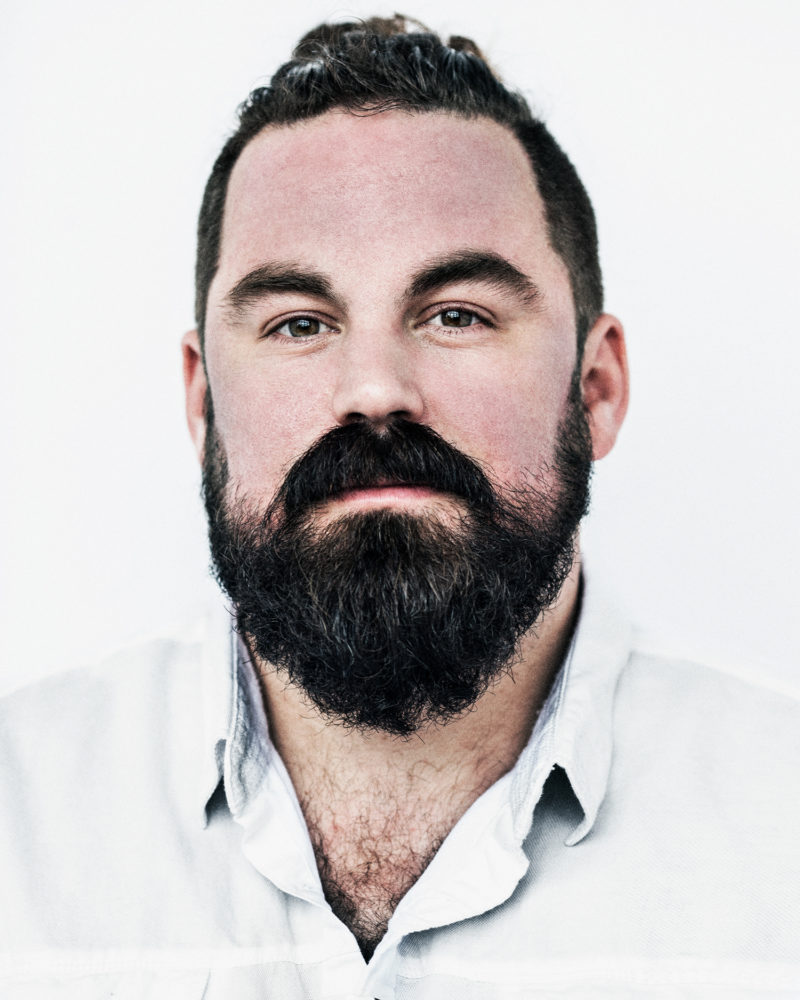
(Photo: provided)
After sharing his experience and methods on his blog
MillennialMoney.com over the past years, Sabatier has now brought all his strategies together in Financial Freedom with the goal of helping others follow in his footsteps.
What is financial freedom?
As Sabatier is quick to point out, your idea of financial freedom may look very different from his.
The basic idea is to save and invest a substantial enough amount of money to cover the needs of your chosen lifestyle for the rest of your life.
You may have heard this called “FIRE” (financial independence, retire early) in some of the growing number of articles about the movement.
For some, financial freedom may mean setting aside $800,000, while others feel safe with $5 million. In either case, it means having “the freedom to create the life you want.” (It also means that you’re probably starting out from a certain position of privilege, but we’ll dig into that toward the end.)
The hope is that – step by step, dollar by dollar – you can rid yourself of anxiety over money and gain the many benefits of financial independence that Sabatier discovered for himself: feeling calm and present, grateful and happier – and doing work that’s fulfilling and meaningful, instead of just a means to paying the bills.

(Photo: Simon Rae, via Unsplash)
That’s right. Early retirees often work.
I’m glad that Sabatier dispenses upfront with this common misunderstanding about FIRE, namely that financially independent people sit at home twiddling their thumbs.
The goal is not to never working again, it’s being able to choose when you work and what you do.
Going beyond the money
Here’s Sabatier’s 7-step framework for getting you to financial freedom:
- Figure out your number.
- Calculate where you are today.
- Radically shift how you think about money.
- Stop budgeting and focus on what has the biggest impact on your savings.
- Hack your nine-to-five.
- Start a profitable side business and diversify your income streams.
- Invest as much money as early and as often as you can.
While the steps themselves primarily address money, I like that the book goes beyond personal finance into entrepreneurship, self-improvement, habit change – skills that are useful in any life endeavor.
Financial Freedom is a book about growth – your money’s and your own.
Financial freedom is not built on complacency. It’s built on pushing your boundaries as often as you can.
As such, it reflects much of what I admire about the FIRE community, which I’ve been exploring for the past year or so: It’s full of people willing to embark on an unconventional path, take risks, be thoughtful about their life’s purpose, and learn continuously.

In fact, several of them show up throughout the book as real-life examples of successful early retirees and the choices that got them there. (It was fun to recognize them just from their first names and stories.)
At the same time, Financial Freedom strikes a good balance between inspiration and highly practical guidance towards reaching “your number.” The text is peppered throughout with sample calculations, worksheets, and formulas, and each chapter ends in a bullet-point recap. Additional tools can be found on the book’s website.
Let’s see how this plays out with the book’s main points:
Time is more valuable than money
The most important insight in Financial Freedom, which I think deserves the repetition it gets across the chapters, is that “time is more valuable than money.”
While we can always work to acquire more money, time is a finite resource in our lives – the best argument for not putting off your dreams for too long.
I wish I’d had the courage to live a life true to myself, not the life others expected of me.
from The Top Five Regrets of the Dying by nurse Bronnie Ware
Financially, though, time is on our side: It will give even the smallest amount of money a huge boost, thanks to the magic of compound interest.
That makes the opportunity cost of unnecessary purchases, especially early in life, all the more tragic.
Take this example: The real cost of a $60,000 vintage car could end up being $486,989 in the future ($60k invested and compounded at 7 percent for 30 years).

(Photo: Konstantin Dyadyun, via Unsplash)
Sabatier’s youngest readers stand to gain the most from this point, since they still have the opportunity to invest early in life and reap the full benefits of money growing all on its own. It will put them well ahead of most Americans, whose typical savings rate of 5 percent will never get them to a work-free retirement, as he illustrates with concrete numbers.
This emphasis on the value of time places Grant Sabatier firmly in the lineage of financial independence “elders” Vicki Robin and Joe Dominguez, whose book Your Money or Your Life is a core part of the FIRE canon. In fact, Vicki Robin wrote the introduction to Financial Freedom.
Sabatier, however, departs from their very frugal approach by stressing the income side of the savings equation, since the money you can save from a budget is limited.
Make money – lots of it
The amount of money you can save is limited by how much money you are making.
If time is limited, money is decidedly not, Sabatier says. And so we need to think about money like a rich person, not as a limited resource but as “a fungible tool” that can be acquired and optimized in many different ways.
The quickest way to “invest more money more often” is to use your 9-5 job with its benefits (steady salary, health insurance, networking, 401k match) as a launching pad and develop a bunch of different side hustles. (Clearly, this strategy is based on certain assumptions, such as access to a decent job, but we’ll get into that below.)
Having made large amounts of money by selling website domain names, flipping mopeds and VW campers, blogging, running digital ad campaigns, among other endeavors, Sabatier has loads of practical recommendations to share on finding and developing the right side hustles.

(Photo: provided)
Ideally, your side gigs are enjoyable, well-paying, scalable, and – this is the holy grail of entrepreneurship – have passive-income potential.
Luckily for us, now more than ever, opportunities abound, thanks to the internet and other technologies.
I will especially take Grant’s advice to heart that the enterprise mindset is something that can be learned and practiced over time. The more you side hustle, the better you get at seeing opportunities and how to use them.
I could have used this perspective years ago, when my general risk aversion kept me from even thinking too far beyond all my little side hustles (selling books online, translation, teaching music lessons) as a simple source of a few extra dollars here and there.
Luckily, it’s never too late to learn.
Spend money – not too much
As you develop your side hustles, the monetary value of your time will likely go up and – if you adopt Sabatier’s mindset – continuously change your calculus about how you spend your hard-earned money.
Your “real hourly rate” – a concept described in Your Money or Your Life – takes into account the time you prepare for, commute to and decompress from work, plus costs for work clothes etc.
Do the math: you may be shocked to find that your “well-paying” job with a 1-hour commute and weekly travel pays only $22/hour in real terms.
Number in hand, you can use Sabtier’s list of 11 questions to determine whether any given purchase is truly worth it.
Do you still want that cup of coffee once you’ve factored in taxes you pay on your wages, the time of your life you’re giving up to buy convenience, whether you can get it cheaper, what it costs per use, and what the money would have been worth if you had invested it?

(Photo: Demi DeHerrera, Unsplash)
Given this methodical decision-making process, it may come as a surprise to those used to typical personal finance books that Sabatier is not a fan of budgets and doesn’t worry too much about small purchases, especially if they bring joy into his life.
His focus is on key major expenses, where you can save a lot of money with some thoughtfulness and research.
Prime among them are FIRE’s “big three”: housing, transportation, and food, for which Sabatier has concrete suggestions, such as house-hacking by buying a house and renting out rooms or travel-hacking with credit card rewards. (As a parent, I’d also add childcare. We pay more for daycare for two kids than our mortgage every month.)
Between pushing up your income and lowering your major expenditures, the percentage of your income that you save and invest, your “savings rate,” will rise.
I should add that I was surprised that Sabatier gives only a very basic savings rate formula. The finer points of whether, for example, to use your pre- or post-tax income or whether to include the principal part of your mortgage payment as part of the savings are often debated and ultimately a personal decision.
Invest
Whatever your savings rate may be, Sabatier wants you to invest that money as early and as frequently as possible, because it’s “the ultimate form of passive income.”
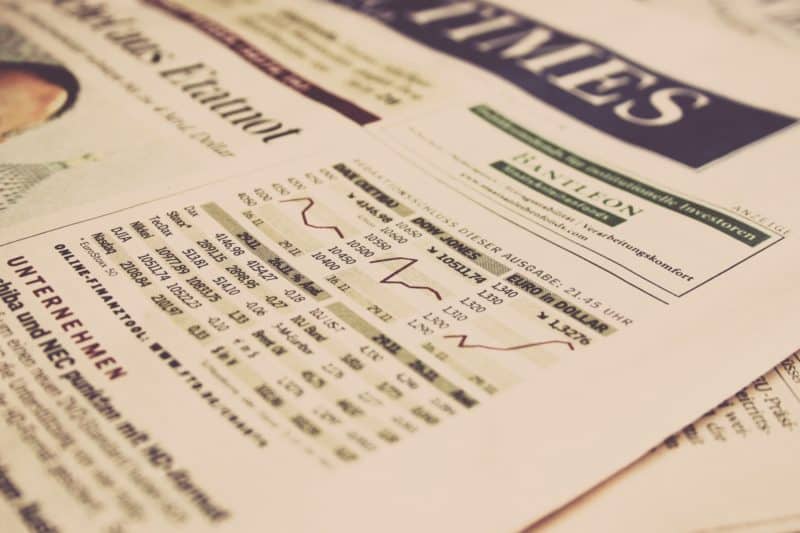
His step-by-step instructions, sample calculations, and other considerations make it quite approachable, even when he advises managing your own investments, so you don’t waste money on unnecessary adviser fees. (Based on experience, I can say: listen to him! Or use a fee-only adviser.)
True to FIRE form, Sabatier prefers total stock and bond market index funds, such as FIRE darling VTSAX, which contain huge numbers of stocks and are designed to track the performance of the U.S. stock market.
In this context, I was really grateful to see Sabatier mention socially responsible index investing. With a total stock market index fund, you also own shares of companies whose practices or products you may not want to support, such as Big Tobacco or Big Pharma. I’ll definitely check out the alternative funds he mentions.
The second investment leg, earning a chapter of its own, is real estate. Sabatier makes a strong case for its potential, even compared to the stock market, because you can leverage other people’s money (mortgage) and get a higher ROI, quickly and with tax advantages. This is an area I know little about and a section I’ll be reading again in more depth.
Audience, and the privilege of FIRE
I expect I’ll be returning to Financial Freedom repeatedly, particularly for its pragmatic advice. In fact, I think most readers will find something useful to apply to their lives, whether or not they decide to pursue financial independence.
If you’re well-read in FIRE blogs, you likely have seen much of this information before, but it’s nice to have it in one handy source and ready for a wider readership.

I see the book’s ideal audience among American, young, educated readers with decent full-time jobs and no children, such as many millennials that are also the eponymous targets of Sabatier’s blog.
They still have time on their side to build wealth, the energy to put in extra hours, and the chance to try to use his strategies (which are based on the U.S. tax code) to enjoy many years of financial freedom.
That’s assuming a lot of favorable circumstances and a good amount of privilege.
Not yet having children, for example, makes many of the techniques described a lot easier to implement. I certainly can’t imagine uprooting my kids repeatedly on a house-hacking spree (though I know some people do just fine with that).
Plus, the emotional value of your time goes up exponentially when you’re choosing between being with your baby during his one and only, never-to-be-repeated childhood and a few extra dollars from a side hustle, no matter how valuable in the future.
Even without such additional responsibilities, I’d venture to say that the people with the wherewithal or even desire to work as obsessively as Sabatier did for five years are in the minority. He admits that “there were weeks when I was so burnt out I couldn’t get off the couch.”

(Photo: Andy Beales, Unsplash)
While he points out that he could actually have been even more effective with more rest, I still find his sprint to financial freedom to be in tension with advice in the final chapter to choose “life > money.”
Creating that balance is something anyone interested in FI needs to grapple with: What price in the present is a possible (but never guaranteed!) future of financial freedom worth to you?
More fundamentally, though, you’ve got to have the luxury of making those kinds of decisions. It’s very difficult to push your savings rate to 50 percent if you’re trying to live off $25,000.
To his credit, Sabatier acknowledges that early retirement “is definitely a privilege that not everyone has or will have” and that achieving it on low income will “require a lot of creativity and sacrifice.”
But I think the problem goes beyond pure numbers. Many people in poverty simply won’t have the mental bandwidth to ask themselves 11 questions about their purchases or dream up the perfect scalable side hustle.
Outlook
Despite these caveats, I have high hopes for Financial Freedom.
I’d love if Sabatier’s book could get large numbers of young Americans and others to think radically differently about their money and their choices as consumers, investors, and purpose-driven individuals.
Even if only a small percentage ever strives for, let alone reaches, financial independence, many may shrink their debt and grow their financial freedom just by making changes.
At one point, a decade or two ago, I was part of Sabatier’s core target audience. Had I had access to such a book, I may have made a few money and career decisions differently. (I shudder to think how much of the stock market’s bull run I missed out on.)
So I’ll be adding this to my kids’ reading list – as many others in the FIRE community likely will – to help plant the seed for next-generation FI.
I believe Financial Freedom will soon have a place among the canon of personal finance books, and rightfully so.
READ MORE ABOUT FINANCIAL FREEDOM AND BUY YOUR COPY HERE
Best Personal Finance Tools
While you’re here, have a look at some of my favorite tools for getting a little closer to financial independence:
- YNAB: This unique budgeting tool has changed the way I think about money! It teaches you to be more intentional about where your dollars (or euros) go by having you assign each one a “job” – before you ever spend it. Use this link for a free 34-day trial.
- Personal Capital: This net worth tracker is a fantastic way to watch your numbers change and analyze your investments (plus much more). You can’t beat free! Get $20 just for trying it by clicking here.
- Raise.com: Use discounted gift cards for purchases you’re making anyway. It’s easy to save 5-15% or more. I like raise.com’s 1-year warranty and super fast delivery (buy cards on your phone while you’re in line!). Here are $5 free to spend on your first purchase.
- Ebates: Get cash back on your online shopping – plus Ebates plugs in a bunch of coupons for you, no time-consuming searches needed. Get $10 free just for trying Ebates.
For more of my favorite tools and tips, see my Recommendations page.
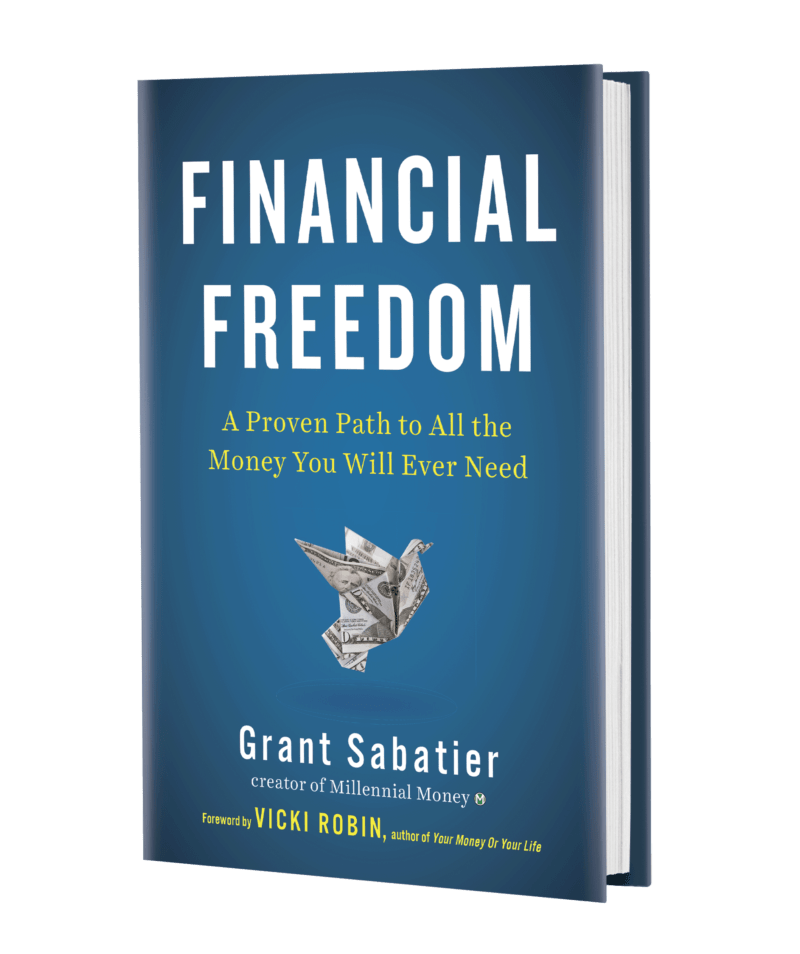
Here are a few more of my financial independence favorites. Check them out:

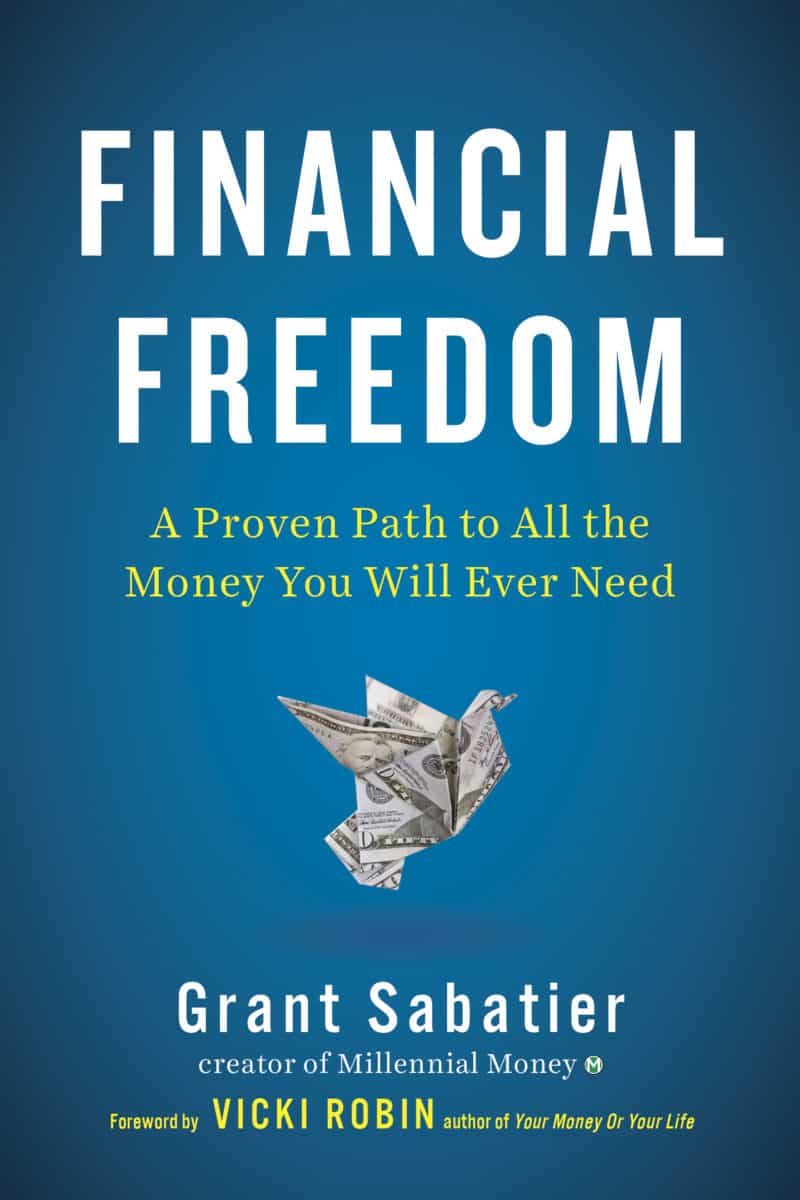

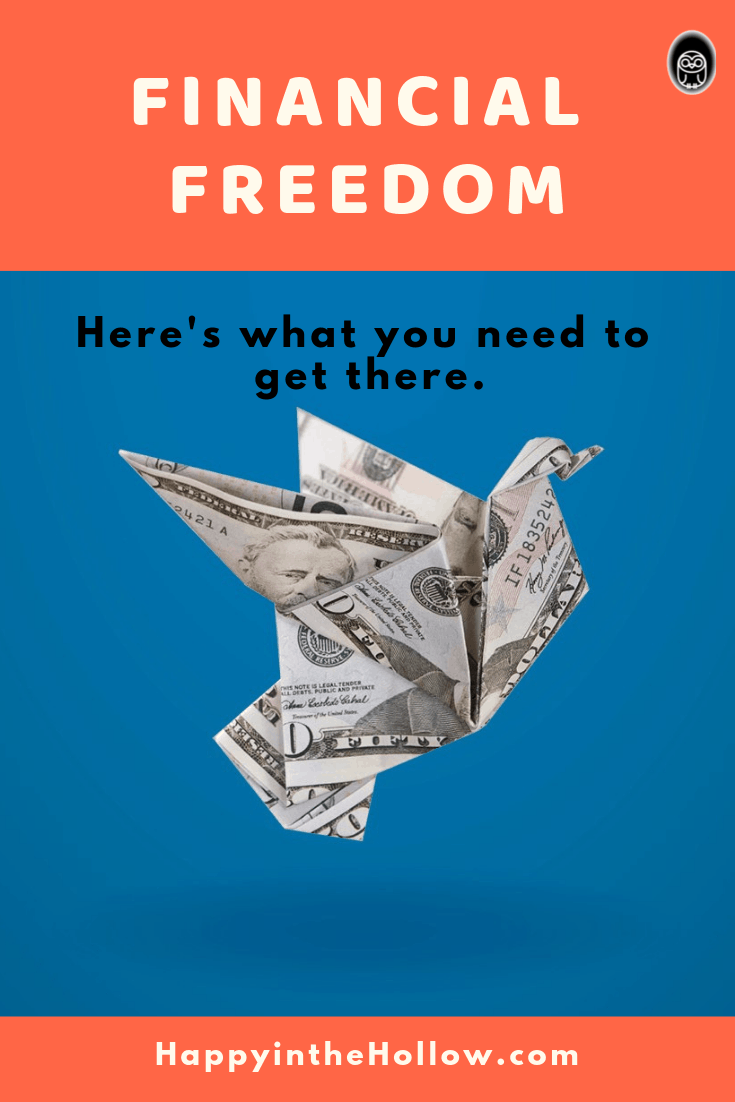
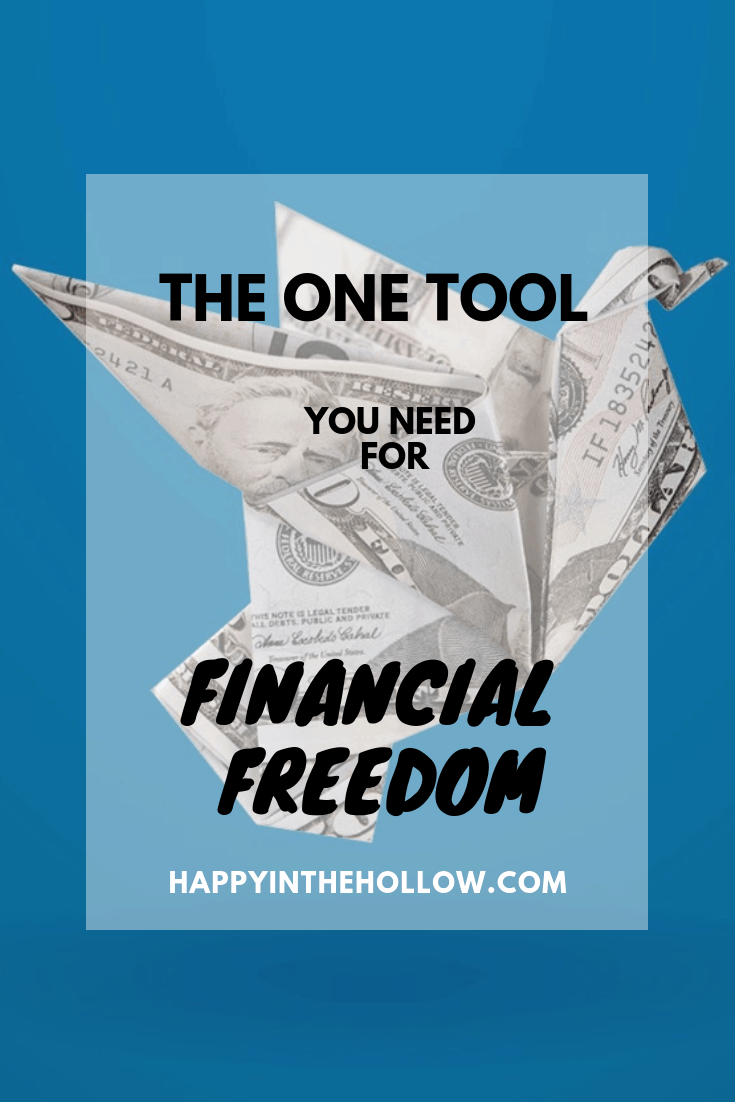
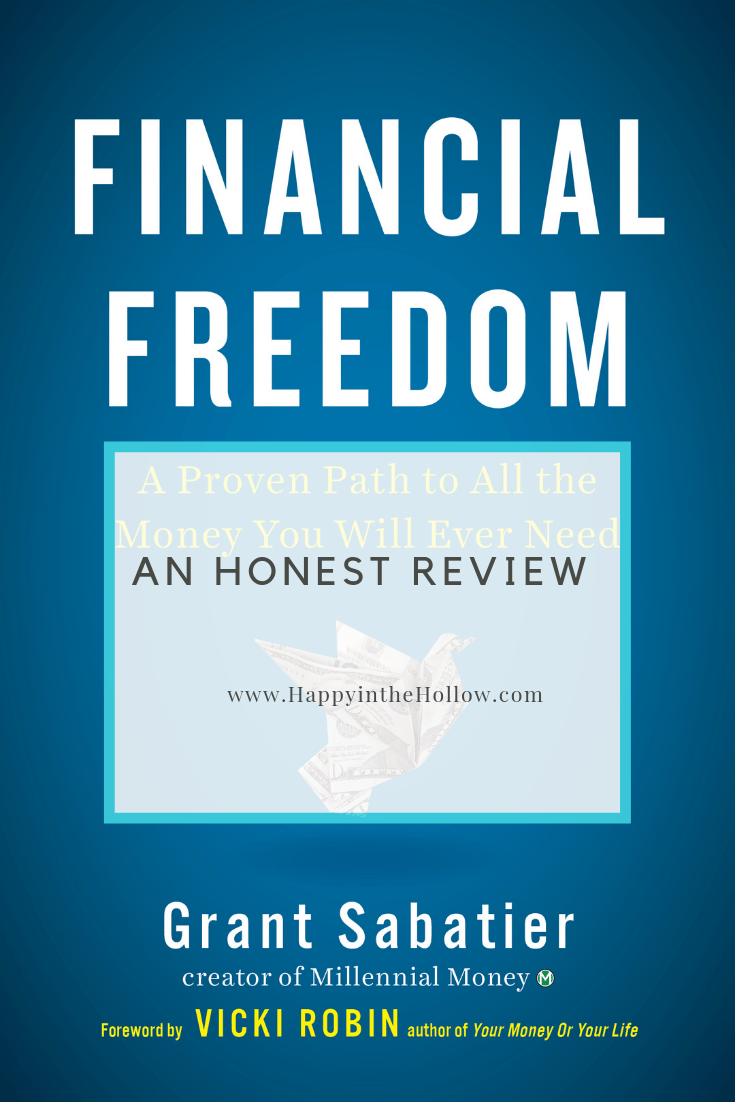
 The Power of the Habit Snowball
The Power of the Habit Snowball
Great review! Really excited to read this book! Monitoring the release date of Financial Freedom was on my to-do list. Can’t believe it’s finally available!
Thanks! Definitely worth a read.
This is a meaty review. I am going to get myself a copy and that is for sure.
Glad you found it useful! The book is definitely worth a read.